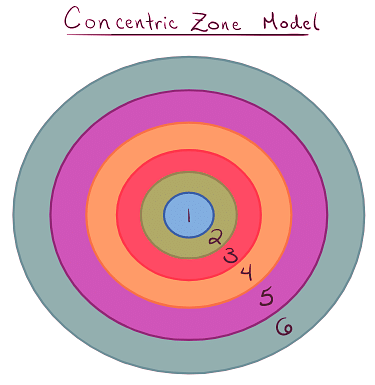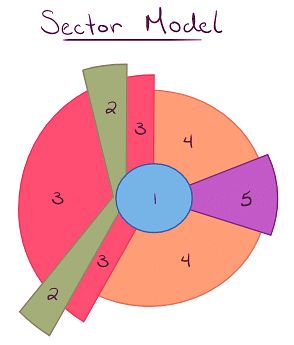The Ever-Expanding Tapestry of Urban Growth | Psychology and Sociology for MCAT PDF Download
Introduction
Cities have always been at the forefront of human civilization, evolving over thousands of years through a fascinating interplay of factors. From the early settlements clustered around water sources to the bustling metropolises of today, urban growth has shaped our societies, economies, and cultures. In this article, we will embark on a journey through time to explore the origins of cities, the global phenomenon of urbanization, the dynamic changes within cities, and the theories that explain their growth. Join us as we unravel the intricate tapestry of urban development.
The Birth of Cities: Tracing the Early Days of Urbanization
- The Neolithic Revolution and the transition from nomadic to settled lifestyles.
- Emergence of permanent settlements and the role of water sources.
- The rise of densely populated urban centers and the development of specialized labor.
- The advent of trade, economic exchanges, architecture, administration, and politics in cities.
- Impact of the Industrial Revolution on urbanization and the expansion of cities worldwide.
Urbanization: A Global Trend
- Urbanization as the increasing migration of people from rural areas to cities.
- Historical perspective: In 1800, only 3% of the world's population lived in cities.
- Tipping point reached in 2008: More people living in cities than rural areas.
- Rapid urbanization in developing countries driven by improved infrastructure and job opportunities.
- Factors influencing migration to cities: Declining attachment to land, diverse job opportunities, and access to education.
Unveiling the Urban Landscape: US Cities in Focus
- From predominantly rural to predominantly urban: The transformation of the United States.
- Analysis of the top growing and shrinking cities in the US.
- Regional disparities and the impact of shifting industries.
- The unique case of New Orleans and its slow recovery from Hurricane Katrina.

Shaping the Periphery: Edge Cities and Suburbanization
- Introduction to edge cities as clusters near major highway intersections.
- The relationship between edge cities and their parent cities or towns.
- Gentrification: An intriguing phenomenon of urban development.
- Displacement of the poor and the rise of middle-class communities.
- Examples of gentrification in San Francisco and Harlem.
The Expanding Horizons: Suburban Sprawl and Urban Sprawl
- Suburbanization as a response to overcrowded inner cities.
- The concept of urban sprawl and its manifestation in low-density areas.
- Car-dependent suburban communities and the changing urban landscape.
- Case study: The interconnected metropolitan areas of the Northeast.
Urban Growth Models: Decoding the City's DNA
- Urban ecologists and their study of how residents adapt to urban environments.
- Natural growth as a key concept in urban development.
- Overview of three urban growth models: concentric zone, sector, and multiple nuclei.
- Application of the models in understanding urban planning and development.
- Examples of cities fitting these models and their modern-day counterparts.



The Growth Machine Theory: Unveiling the Social Dynamics of Urban Growth
- Alternative perspective: Cities as growth machines driven by interest groups.
- The orchestrated nature of urban growth through political and social actions.
- Influence of interest groups, such as real estate, in shaping cities.
- Examining the impact of lobbying and manipulation on urban development.
Conclusion
As cities continue to evolve and reshape our world, understanding the intricacies of urban growth becomes increasingly important. From the ancient origins of settlements to the rapid urbanization of the present, cities are a reflection of humanity's progress and aspirations. By exploring the dynamics within and around cities, we gain insights into the complex forces that shape our urban landscapes. Whether through natural growth, planned development, or the interplay of interest groups, cities stand as vibrant symbols of human ingenuity and the ever-changing tapestry of urban growth.
|
339 videos|14 docs|42 tests
|

|
Explore Courses for MCAT exam
|

|




















